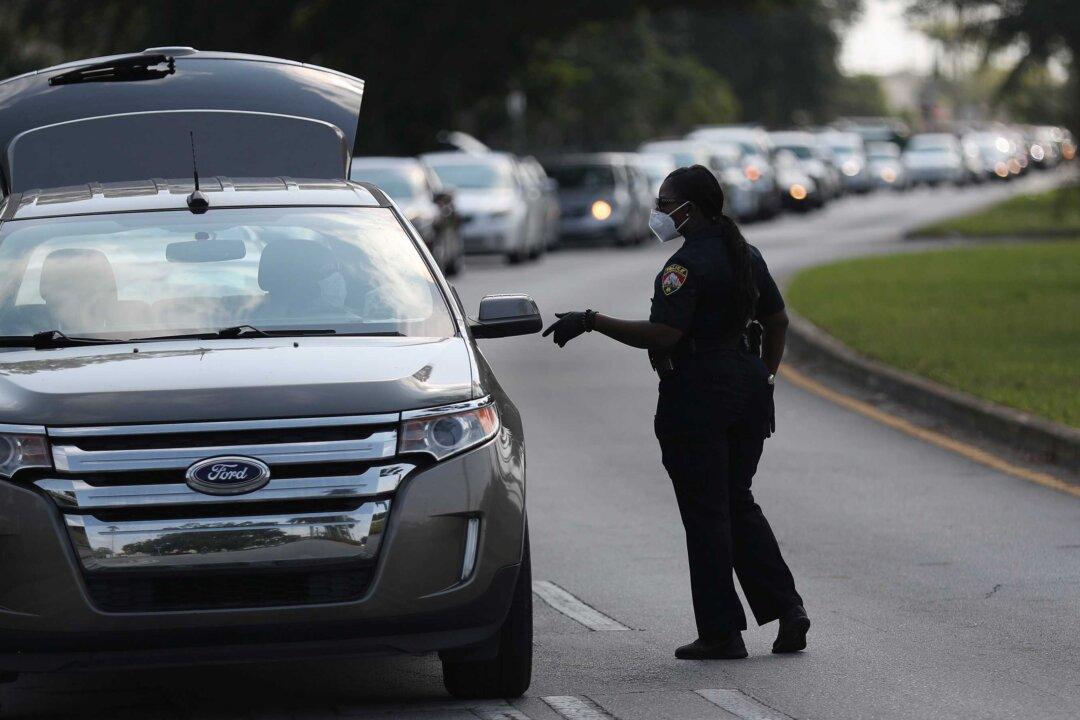Commentary
To hear advocates for the “Green New Deal” and other anti-automobile schemes, we must soon relegate our sedans and SUVs to the junk heap and all crowd onto mass transit.

To hear advocates for the “Green New Deal” and other anti-automobile schemes, we must soon relegate our sedans and SUVs to the junk heap and all crowd onto mass transit.